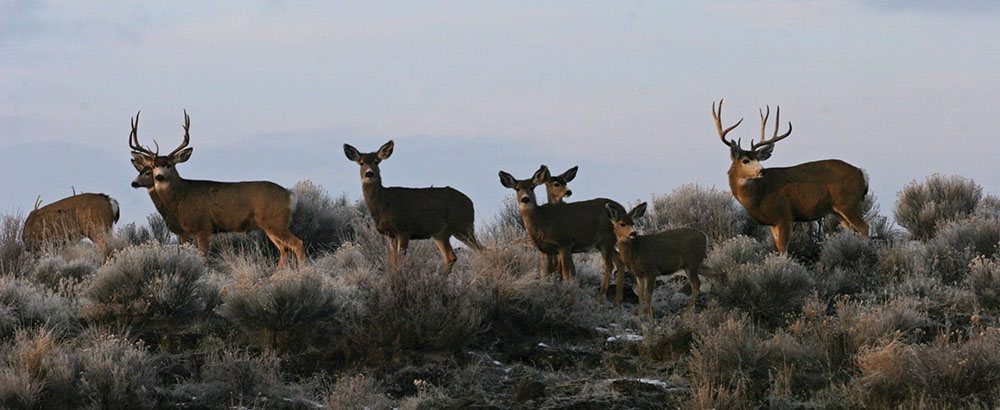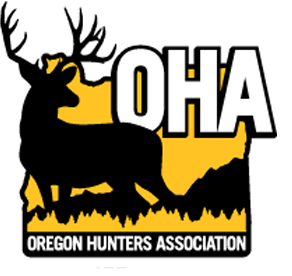 By Tyler Dungannon, Conservation Coordinator
By Tyler Dungannon, Conservation Coordinator
OHA has been calling for a substantial revision to Oregon’s Mule Deer Management Plan for several years. ODFW began working on the new plan in 2022, and throughout the process, OHA staff and its deer committee sent 10 separate comment letters that have helped shape the plan for the benefit of mule deer and hunters.
The goal of the plan is to provide a framework to improve conditions for mule deer and ultimately reverse the species’ decline. In particular, the plan can serve as a guide for natural resource agencies and landowners to create conditions that benefit mule deer.
OHA recognizes that the new mule deer plan was a considerable lift for ODFW, but initially, the first draft of the plan fell short of the plan’s goal. Broadly, the plan did not express the dire situation that mule deer populations are enduring to land managers, developers, elected officials and other entities capable of assisting or hindering mule deer. Following OHA’s comments, ODFW integrated language that better reflects the drastic conditions on the landscape for mule deer, and this will help our efforts to reverse population declines.
Habitat and Nutrition: OHA provided specific, additional language to ensure mule deer and their habitat needs are considered in land use planning processes.
Parasites and Disease: OHA has long supported ODFW’s effort to prevent and ultimately limit the prevalence of chronic wasting disease in Oregon. ODFW thoroughly addressed our concerns in this chapter, though we requested ODFW include a strategy to increase hunter awareness for those who travel between Oregon and CWD states.
Predation: OHA was generally supportive of ODFW’s language regarding efforts to determine impacts of predation on mule deer, but we disagreed with language in the draft plan that appears to hamstring the agency in implementing target areas or other efforts to remove predators for the benefit of mule deer. OHA will continue to support predator removal efforts in areas where conditions are conducive to achieving a positive mule deer population response.
Harvest Management: Management objectives are considerably different in the new mule deer management plan. OHA expressed deep concern in reducing our population size goals in the name of making them more realistic. However, we are encouraged that ODFW will now use cutting edge population models to determine population growth rates in conjunction with population size estimates to discern mule deer herd range management concern levels.
OHA also provided comments on the plan’s executive summary, anthropogenic (man-made) impacts, poaching, specific herd range reports, and mule deer population monitoring. ODFW did not incorporate all of our comments, but those that were included have certainly enhanced this plan as a tool that ODFW, OHA and others can use to address mule deer declines. OHA has put a tremendous amount of work into shaping this plan, and now we will turn our attention to plan implementation.
